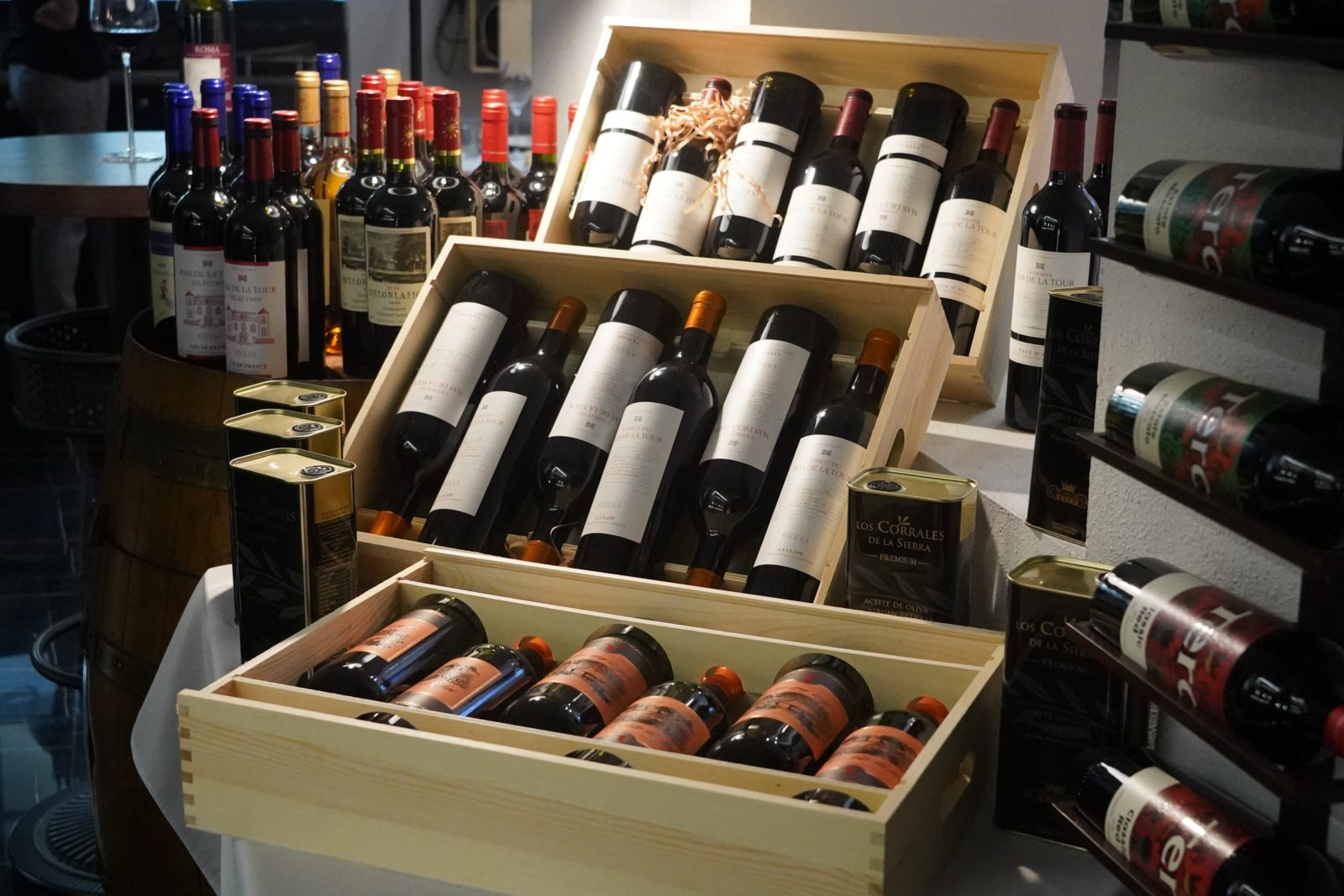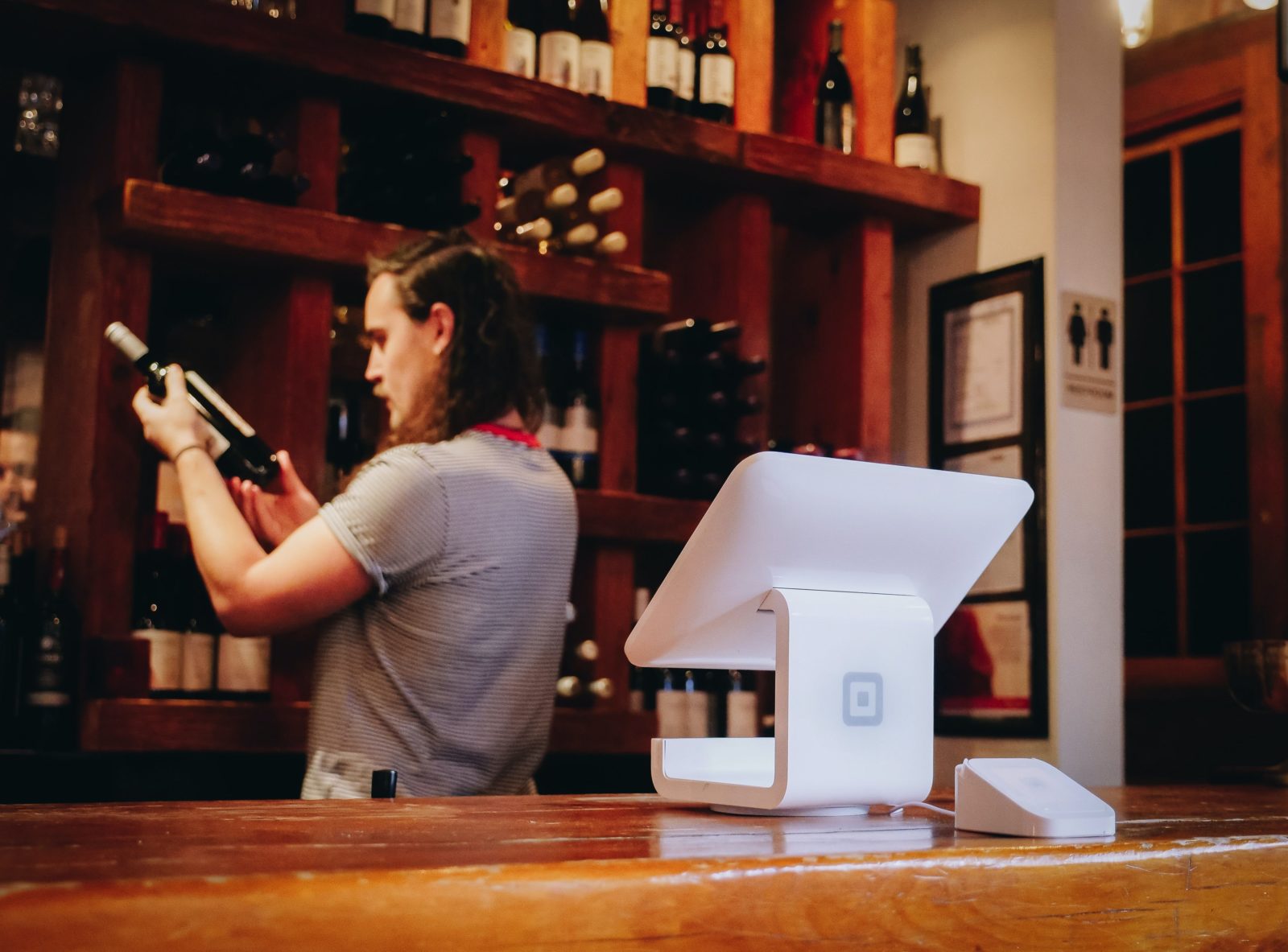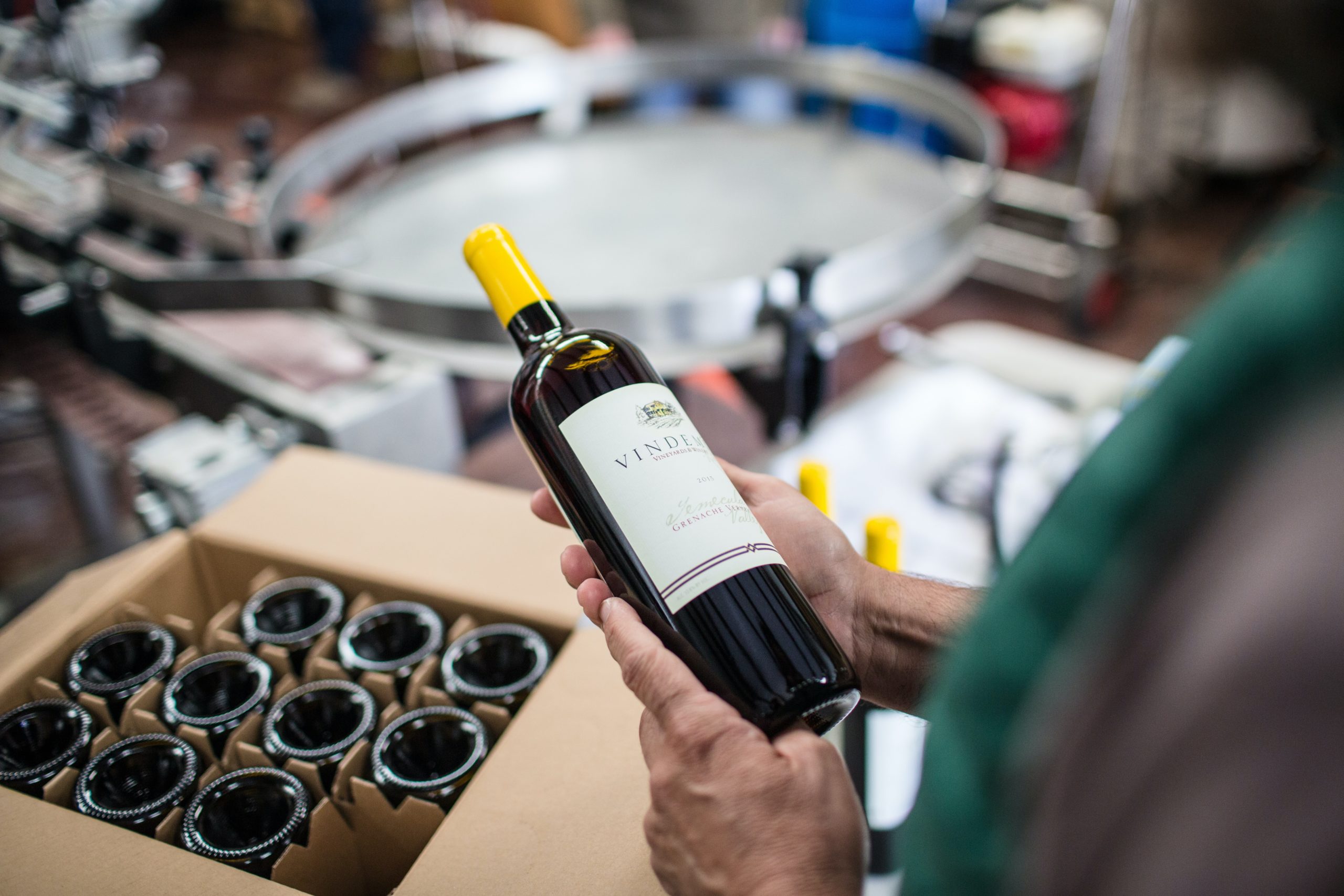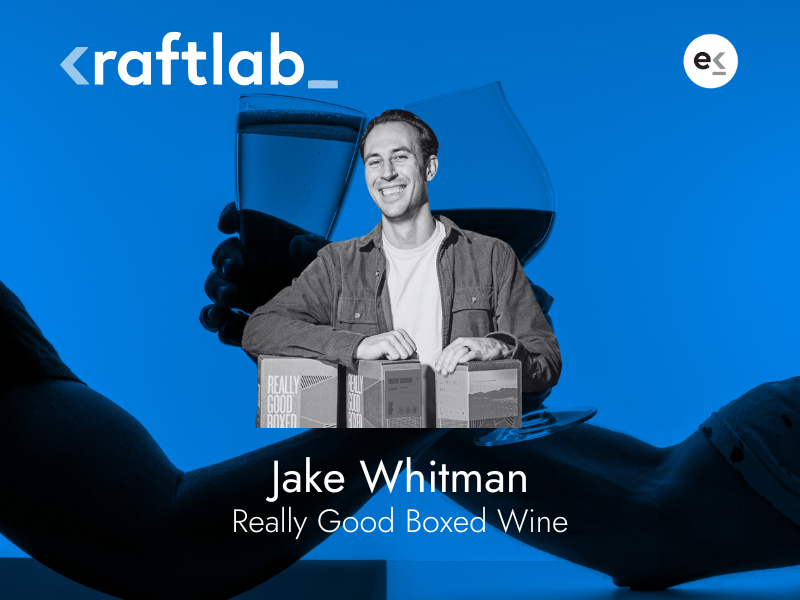Table of Contents
Wine clubs have long been a source of predictable revenue for wineries. This service allows wineries to introduce their customers to new products and keeps them engaged with a winery’s brand. For customers, it can be a low-effort way to try new types of wine, and in some cases, it offers a way to explore new wines at a lower cost than buying each bottle individually outright.
Many wine clubs originally arose in the era of physical catalogs and snail-mail, subscription-style services. And as is the case with many other types of e-commerce today, the vestiges of wine club origins are visible in the outdated technology often still in use at the wineries who run these clubs. Thankfully, there are simple technology, process, and strategy upgrades that can make running a wine club easier and more efficient. And best of all, upgrading to the best wine club management technology can expand your customer base to reach new customers.
Let’s explore how technology can help wineries improve the wine club management process.
The Traditional Wine Club

Wine club management has traditionally relied on hands-on involvement from employees to run smoothly. While this remains an acceptable method for running a wine club, it has some clear limitations. Human labor hours are expensive and limited in scope. Chances are, there are more critical problems in your business that require your employees’ attention. Keeping track of wine club subscribers using a spreadsheet may be functional enough, but it’s time consuming and clunky. It also creates more opportunities for potential human error, where an automated method operates with better accuracy.
The New & Improved Wine Subscription

Luckily, there are more options than ever before when it comes to wine club management. You can purchase software to help you track and manage your wine club subscriptions, analyze data about customer preferences, and offer user-friendly customer support. Rather than manually keeping track of subscribers using an Excel spreadsheet, wine club software can meet those same needs while making it even easier for new customers to sign up. This new method is more accurate and doesn’t rely as heavily on human oversight as other strategies do.
More accurate billing means more satisfied customers! And in general, though working with a wine club management software can certainly reduce cost and waste in your business, the greatest potential benefit is the effect it can have on your customers. Profit margins fluctuate over time, but brand loyalty is invaluable. Investing in software that can make the customer experience smoother is one method for centering the customer experience, which is key to long-term brand success and growth.
What to Look For in Wine Club Management Software

User-friendly Platform
A great wine club management software is easy to use, both for your employees (as they operate the back-end of the software and fulfill orders) and for your customers (as they place orders, sign up, pause subscriptions, and so on). Simplicity is key here, although a software that is highly customizable is also useful.
Data & Customer Insights
Analyzing trends and data when you’re using less robust tools such as Microsoft Excel is complicated because it requires both a high degree of fluency with the tool and a great deal of personal knowledge in the area. A good winery software does some of the data analysis legwork for you and presents its information and insights in an easy-to-understand format.
Branding Options
It’s important to have a consistent visual brand — especially for food and beverage manufacturers! Look for a wine club management software that has customizable branding options, so that you can adjust the look and feel of the customer interface to fit in with your overall aesthetic.
Automation & Integrations
As we mentioned previously, a key part of the value proposition of a wine club management software is the efficiency. A software that automates pieces of your fulfillment or customer service processes can make a positive difference in your workflow. And while you’re at it, look for a software that includes integrations you would find useful. Does it integrate with your project management software? An accounting software you use? Your email marketing service?
Great Customer Service
We recommend looking for a software that comes with a robust set of customer service capabilities. Automating some (but not all) customer service functions leaves your staff with more bandwidth to handle larger, more complex problems that may arise. A software that includes customer service features may have an easy portal for customers to alter their orders without contacting you directly, or even an automated chat bot to take care of common issues.
Logistics & Compliance Features
There are a number of logistics and compliance considerations to keep in mind for any wine club, but especially one choosing to ship wine directly to consumers. (Keep in mind that we aren’t attorneys or tax professionals, so consult your legal counsel or accounting team for specific questions.) Laws vary widely regarding the shipment of alcoholic beverages DTC, and logistics are bound to be complicated. Look for a wine club management software that includes compliance features to simplify shipping and logistics.
Running a wine club is complicated, but the right software can simplify the process and save you and your team many headaches! We recommend upgrading your software and automating many of the tasks involved to increase efficiency and reduce human error.



